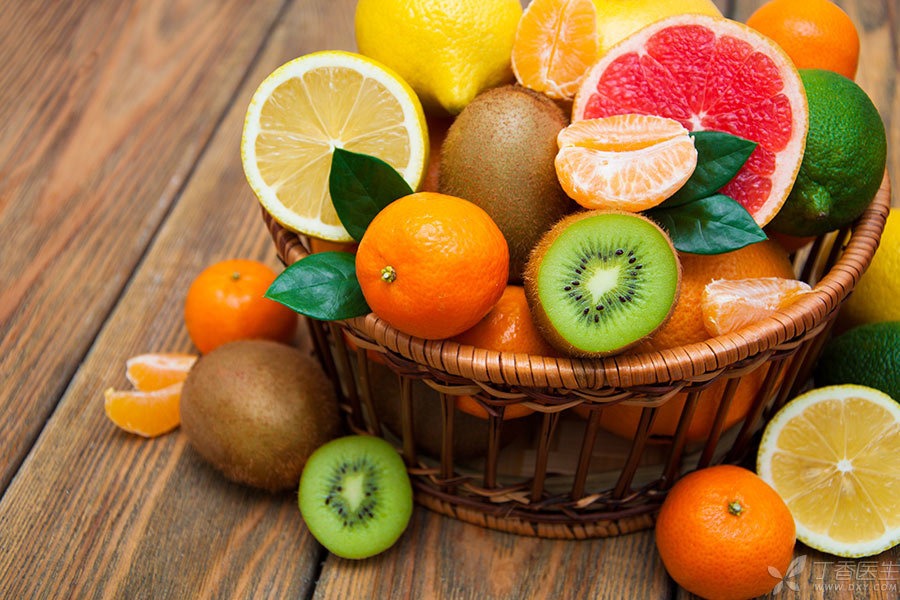
After May, the weather is getting hotter and hotter, and it is the best season to eat fruit again.
How to pick out fruits that are [juicy, thin in skin, thick in meat and delicious] has become a necessary skill for the eaters.
Picking fruit is indeed a technical job, but it is not that difficult.
In short, it only takes [three looks], and then Dr. Clove will use some specific fruit examples to tell you.
Look at the variety
Variety is the decisive factor of fruit taste, so regardless of horizontal and vertical selection, choose the variety first.
A very typical example is pear, which is also green tangerine peel. [Fragrant pear] is ripe and sweet, but [Yali pear] is not ripe and definitely not sweet.
-
Apple
If you like softness, choose [yellow banana]; If you like crisp and sweet, you naturally choose [Red Fuji]; As for those who love sweet and sour, then choose [Guoguang].
-
Litchi
The difference between litchi varieties is more reflected in the smell. The red [Guangxi flavor] litchi has more special aroma than the red and green [Feizixiao].
As for litchi of the same variety, it is recommended to buy a bigger one with thicker meat. If you buy a seedless variety, ignore this suggestion.
-
Pineapple
The new [caine pineapple] fruit has shallow eyes, high sweetness and low protease content (not astringent mouth), which has become what some merchants call a new variety-pineapple.
The crown buds (that is, the thick green leaves on the pineapple) have no serrations, or the serrations are sparse, which is this variety.
-
Mango
The taste of mango can be said to be difficult for everyone to adjust. Some people like thick meat (such as ivory awn), some like fragrant taste (such as Tainong No.1), and some like non-fiber.
If you don’t know which one to choose, you can choose Jinhuang Mango and Guiqi Mango, because these two varieties combine the advantages of almost all mangoes.
Second, look at the place of origin.
The origin of fruits is another important factor.
We often say that [Yantai Apple] [Korla Fragrant Pear] [Guangdong Litchi] [Fujian Orange] [Beijing Watermelon] [Xinjiang Hami Melon] are all fruits labeled with regional labels.
Some people may think that this is just an advertisement, but in fact, the taste of fruits produced in different regions varies greatly.
- Apple
Let’s take [Red Fuji Apple] as an example. Large temperature difference between day and night can promote sugar accumulation, and apples produced in this area are sweeter.
For example, some areas in Shaanxi, which are hot during the day and cold at night, have become famous producing areas of Red Fuji apples.
- Durian
Usually the durian we encounter is imported from Thailand [golden pillow durian], which makes people think that durian has only one flavor-odor.
In fact, there are many members of the durian family, such as the “cat mountain king durian” and “black thorn durian” produced in Malaysia, which have special caramel and flower aroma.
In addition, naturally split durian is better, which indicates that the sweetness and taste of pulp have reached the best state.
Third, look at maturity
Maturity is also the guarantee of delicious food.
Most unripe fruits are sour and astringent, which is to prevent animals from stealing and hurting developing seeds.
Once the seeds are mature, the fruits will become sweet and fragrant, and the starch stored in the early stage will be decomposed into sugar, which is commonly known as “post-ripening”.
-
Kiwi fruit
The most representative [post-ripe] fruits are kiwi fruit (and avocado). After picking, these fruits can continue to ripen and soften, so you can choose slightly Microsoft and sweeter.
-
Watermelon
Watermelon is a very special fruit. You can judge the ripeness by the sound after knocking and beating. When the size is about the same, the knocking sound of ripe watermelons will be more dull.
However, this method seems simple, but it is not easy to learn. Because in actual beating, watermelon size, shape, variety, temperature and many other factors will affect our judgment.
Therefore, the best way to choose watermelons is to buy them cut open. (Really not joking! )
-
Other fruits
There are also some other ways to judge, such as looking at the appearance. Bananas have spots and avocados turn dark green, which are all signs of maturity.
